The Materials Solid State NMR group undertakes a large portfolio of research spanning areas such as energy materials, catalytic materials and surfaces, glasses and bioglasses, and many systems underpinned by organic, organometallic, transition metal and rare earth chemistry. As such, the full breadth of the state-of-the-art solid state NMR techniques and methodology is employed to tackle this research, and elucidate the structural and functional/mechanistic questions that characterise these systems.
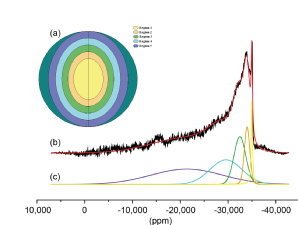 |
In collaboration with Johnson Matthey, we have investigated various Pt nanoparticle and PtSn intermetallic preparations used in industrial and autocatalyst roles. However, the real catalytic activity of these materials is isolated to the surface or near-surface of these layers, away from the bulk metallic centre. A detailed deconvolution of the 195Pt broadline NMR data using a core-shell model enables an analysis of the proportion of reactive Pt sites able to be accessed in different nanoparticle sizes. (Rees 2012)
|
|
Recent collaborative studies with the University of Birmingham into solid oxide fuel cell (SOFC) cathode materials have demonstrated that lighter oxide linkages such as BO33- and PO43- can be incorporated into various transition metal perovskite phases. These dopants induce greater concentrations of oxide ion vanancies, and thus induce improved vacancy mobility and ionic conductivity. (Porras-Vazquez 2012)
|
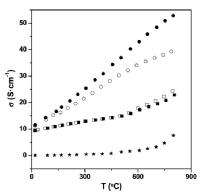 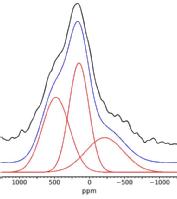 |
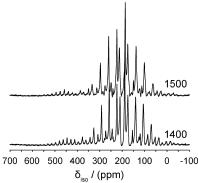 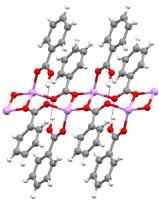 |
The Materials Solid State Group has had a long history in the development of 17O MAS NMR and its applications to various fields of materials, inorganic and organic chemistry. Our latest focus pertains to 17O MAS and DOR studies (coupled with further multinuclear MAS studies) in order to characterise and understand the H-bonding mechanism in alkali hemibenzoates. This research is closely integrated to GIPAW DFT computation in order to accurately constrain the H position partaking in the H-bonded network.
|





